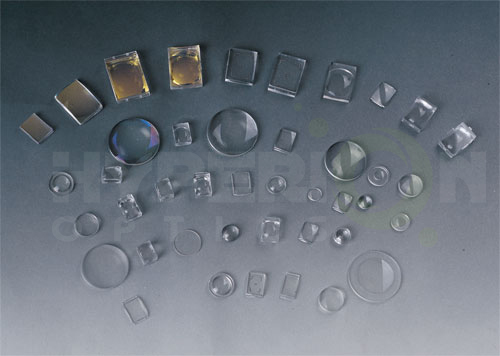In achromatic lenses, it is more important to pay attention to the application and design of hollow achromatic lenses (because glass occupies a larger area than aluminium alloy frames in curtain walls). If 10+12A+10 hollow glass is used, the heat transfer coefficient K is about 3.0W/(m2K), and the heat transfer coefficient is nearly 1/2 lower than that of single glass, which can greatly reduce energy consumption. Therefore, in the case of high thermal insulation performance requirements, hollow glass should be used. If inert gas is filled in the hollow glass, its K value can also be reduced to 1.3W/(m2K).
When the section of aluminium alloy profile is unchanged, hollow glass with different thickness is assembled by changing the size of insulating strip and adhesive strip. The achromatic lens designed in this way can meet different thermal insulation design requirements for owners of different regions, different types of buildings and different requirements. The use of thermal insulation curtain wall can play a very good energy-saving and noise reduction effect.
Compared with ordinary single-layer glass, the energy consumption is saved about 25%~50%, and the noise reduction is about 30 db~40 db.

 Call us on:
Call us on:  Email us:
Email us:  R&D Center: Aoti Street #68 Building 4A 405 International R&D park, Nanjing
R&D Center: Aoti Street #68 Building 4A 405 International R&D park, Nanjing









 English
English  cn
cn  de
de  es
es  fr
fr 


